Photographing in the Pacific Northwest, at any time of year, the one accessory that I would say is essential 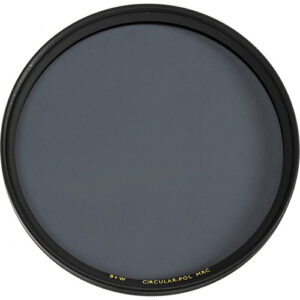 would be a circular polarizer filter. These are an indispensable tool in the field for getting the image “right” in camera before you head home
would be a circular polarizer filter. These are an indispensable tool in the field for getting the image “right” in camera before you head home
to process them. AND, the effects of a circular polarizer (CPL) often times cannot be replicated with the multitude of software tools we have at our disposal. I carry two polarizers in my bag at all times; one built in to my GND filter holder and one for when I am not using my GND holder.
These filters are easy to put on and off and provide several critical benefits when using them…
- Control/minimize reflections
- Improves contrast
- Increases color saturation
- Removes atmospheric haze
- Provides 1-2 stops of neutral density for longer exposures
A polarizer is essentially two pieces of treated glass in a frame that fit on to the front of your lens. One of the pieces rotates and changes how the light passes through the filter and on to the lens and sensor. It is this rotation and effect on light passing through that allows you to control how much or how little of the polarization effect you get, all depending on the scene you are shooting.
Control/Minimize Reflections
This is the most important of all the benefits listed above, in my opinion, because there is no way to deal with reflections in post and reflected light can play havoc with the colors in the rest of your image during the time of capture.

In the Pacific Northwest, it rains a lot! The entire landscape, the foliage, trees, rocks, etc., are all covered in water. When light hits those surfaces, the water creates a glare that is reflected back to the camera. By using a polarizer, we can cut down that unwanted glare to let the color of the foliage and details come through to the image sensor.
Color Saturation
Quite simply, when there is glare coming off of foliage, or any other surface, it “hides” the depth of color of the foliage, flattening the colors you capture in your image. By using a polarizer and cutting out that glare, the true colors are able to be recorded on your sensor.
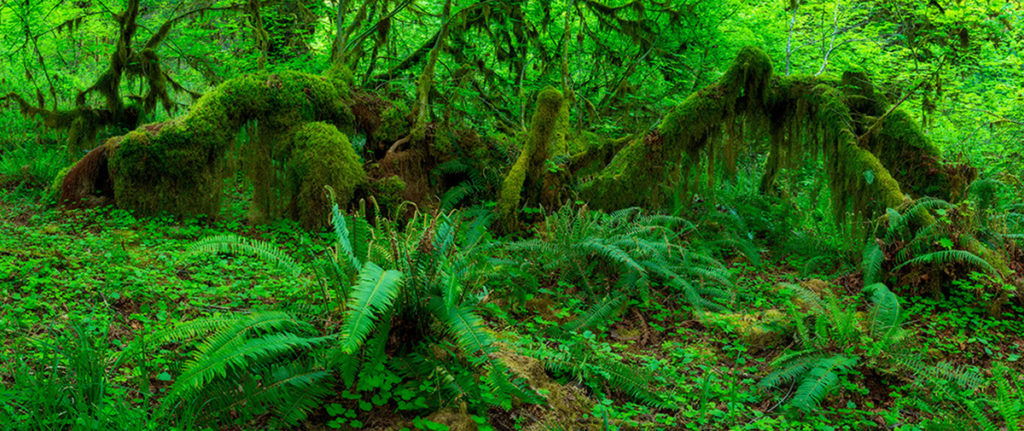
Hoh Rainforest in Olympic National Park
Provides for longer exposure
Part of the functioning of a CPL is to shift and cut out some of the light. As you know, if we reduce the amount of light hitting the camera sensor, then we need to have a longer exposure to capture enough light for a properly exposed image.

The great thing about polarizers in the PNW is that we are often photographing water (streams, waterfalls, etc) and we want a longer shutter speed, so using a CPL gives us the double benefit of reduced glare and longer shutter speeds.
Contrast and Haze
When shooting wide landscapes in the Pacific Northwest, having a CPL on your lens will improve the contrast of the scene and cut down on atmospheric haze.
For example, shooting one of the volcanic mountains in the area, without a CPL the mountain would be “flat” in color/contrast due to the slight haze and long distance between the camera and subject. I will often put on a CPL to help reduce this haze and give me more to work with in post-processing.
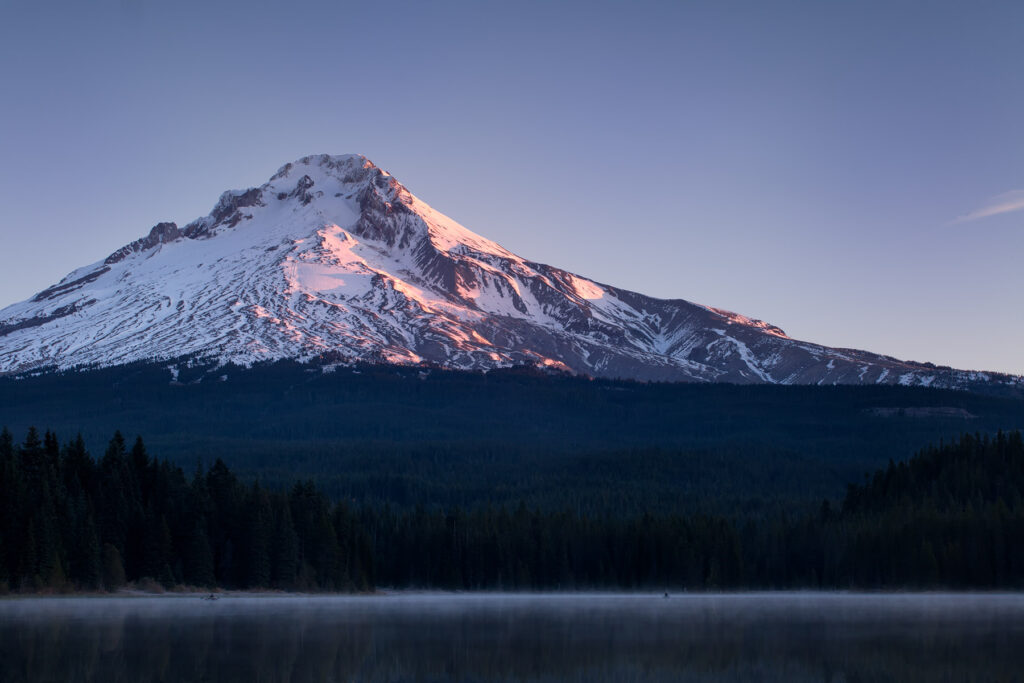
Mt Hood with Trillium Lake at sunrise
One word of caution though – CPLs can and often do darken skies. So, you will need to balance the need to cut haze with the effects it may have on the sky. And, when above 5000’, I generally never use a CPL because of this darkening effect….it makes the skies unnaturally dark.
Glare & Reflections
By cutting the glare, CPLs can also help you “see” underwater. It reduces the glare coming from the surface of the water allowing you to see what’s underneath.
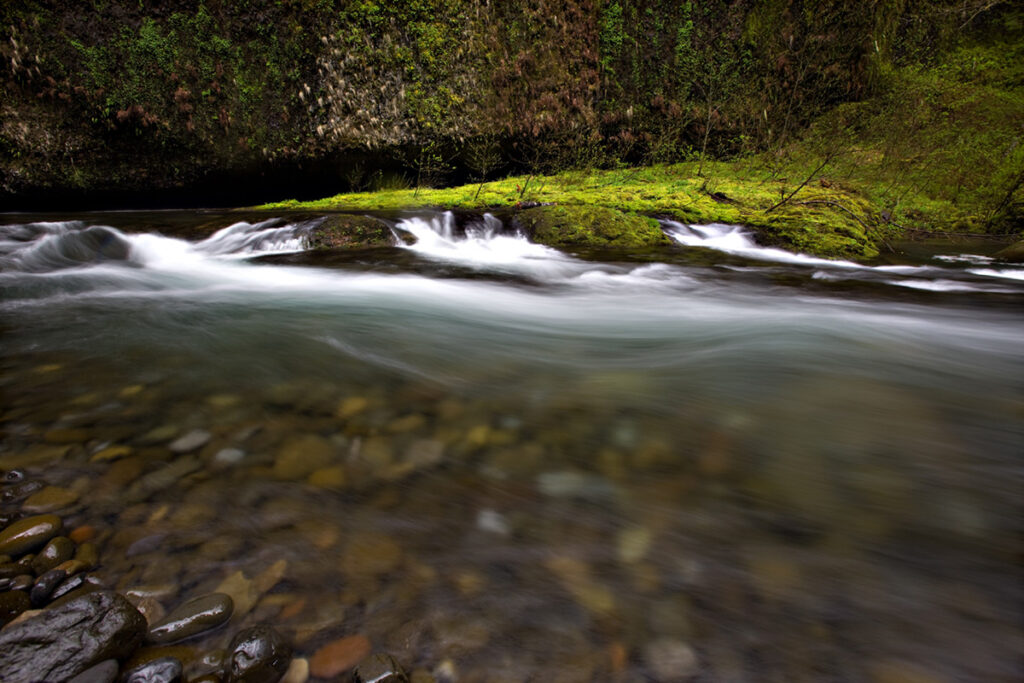
The rocks underneath the water had a lot of color and I felt that they would add some visual interest in the foreground so I put on my polarizer and dialed it up to cut the glare from the surface so I could see under the water.
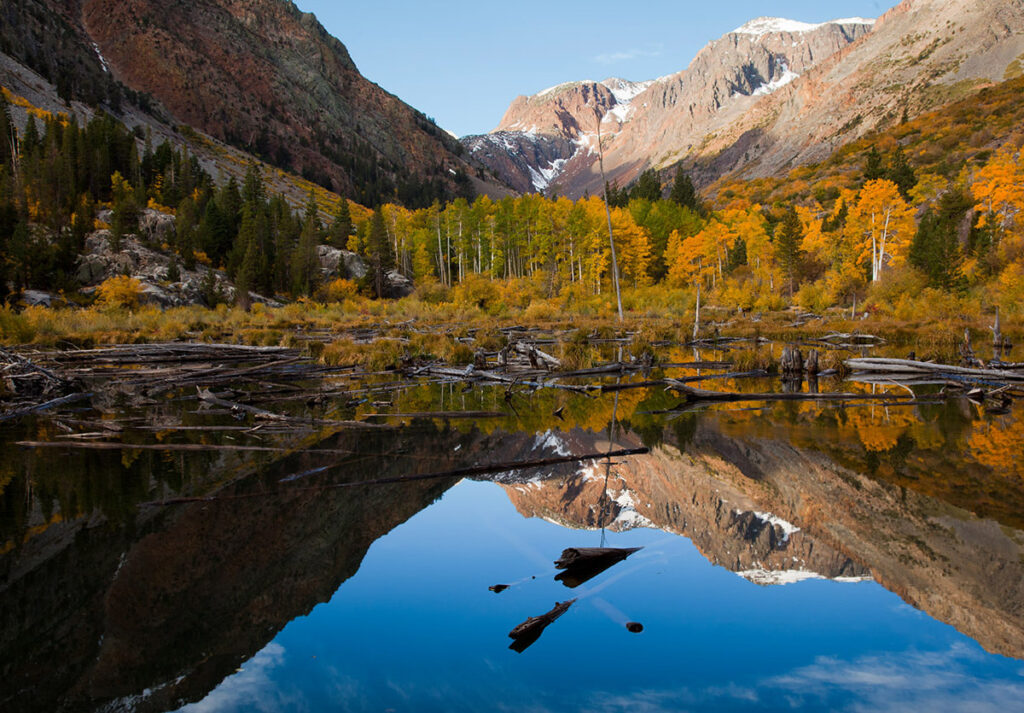
Lundy Canyon during Fall season
There also may be times when you want the reflection on the surface of the water. In this shot, I wanted a strong reflection in the water as part of the composition of the image, so I dialed the polarizer back so it didn’t cut any of the glare. It’s all up to you to “dial in” or “dial out” the amount of polarization effect being applied by the filter. There is no right or wrong answer, just what looks best to you.
What to look for in a Circular Polarizer
Generally, if you buy a CPL from one of the top filter brands, you don’t have to worry much about the quality. However, if you don’t want to spend top dollar for a filter, consider these points when shopping for a CPL
- Optical Glass – It should be made of optical glass to provide the clearest possible portal for light to pass through
- Multi-Coatings – Help reduce ghosting and flare and are generally more expensive
- Metal Frame – Having a solid frame around the glass is essential for long life
- No Color Cast – unfortunately this in only something you can determine once you get the filter on your camera.
Brands I Recommend
Over the years I’ve used most of the top brands of filters and from my experience I’ve found that these 4 below offer some of the best built filters and best optical quality with minimal distortion or color cast.
Breakthrough Photography – Their X4 CPL is one of the highest regarded filters on the market and many of the top pros use this filter.
H&Y – Offers a stand-alone CPL or one that will drop in behind Graduated Neutral Density filters using their magnetic filter holder system. Outstand quality and optical clarity.
Singh-Ray – Outstanding quality and easy of use, these have been the “go to” filters for many years.
B+W – Another very strong company that produces great filters!
Of course there are many other brands out there…the above are just the ones I consider to be the best of the best in terms of quality and clarity with no color cast.
If you are coming up to photograph the Pacific Northwest and you don’t own a circular polarizer, I highly recommend adding one to your camera bag so that you can extract the most color and detail from each scene!

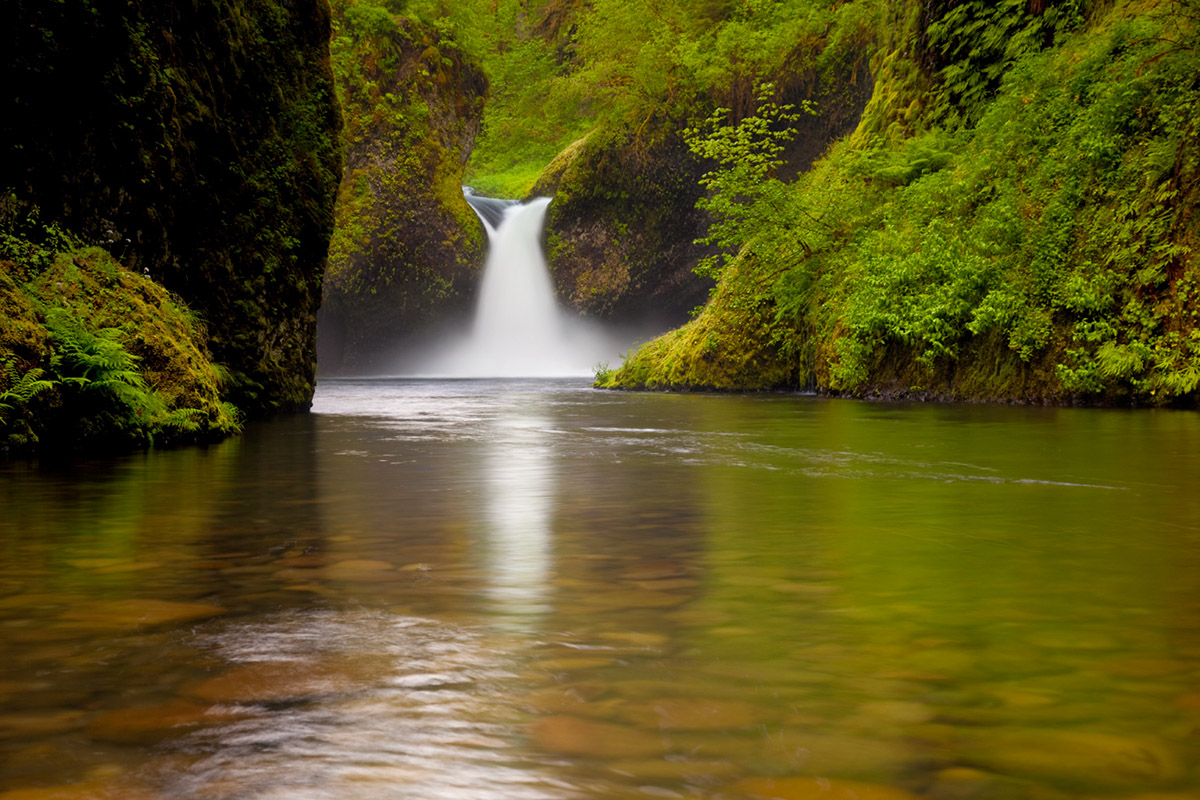
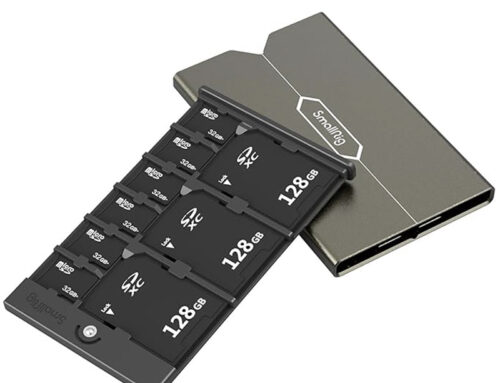
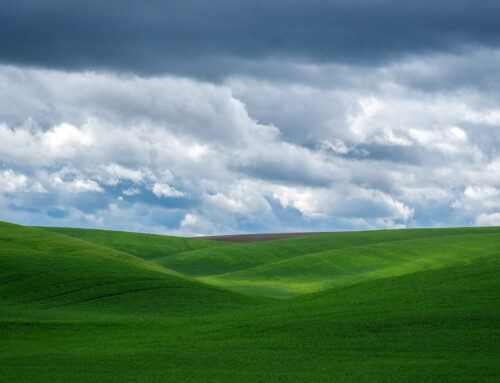
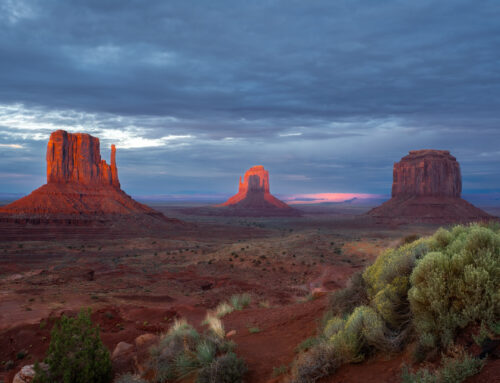
Leave A Comment